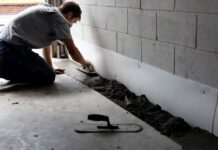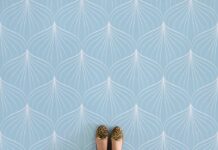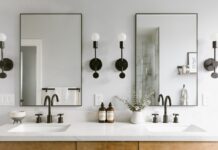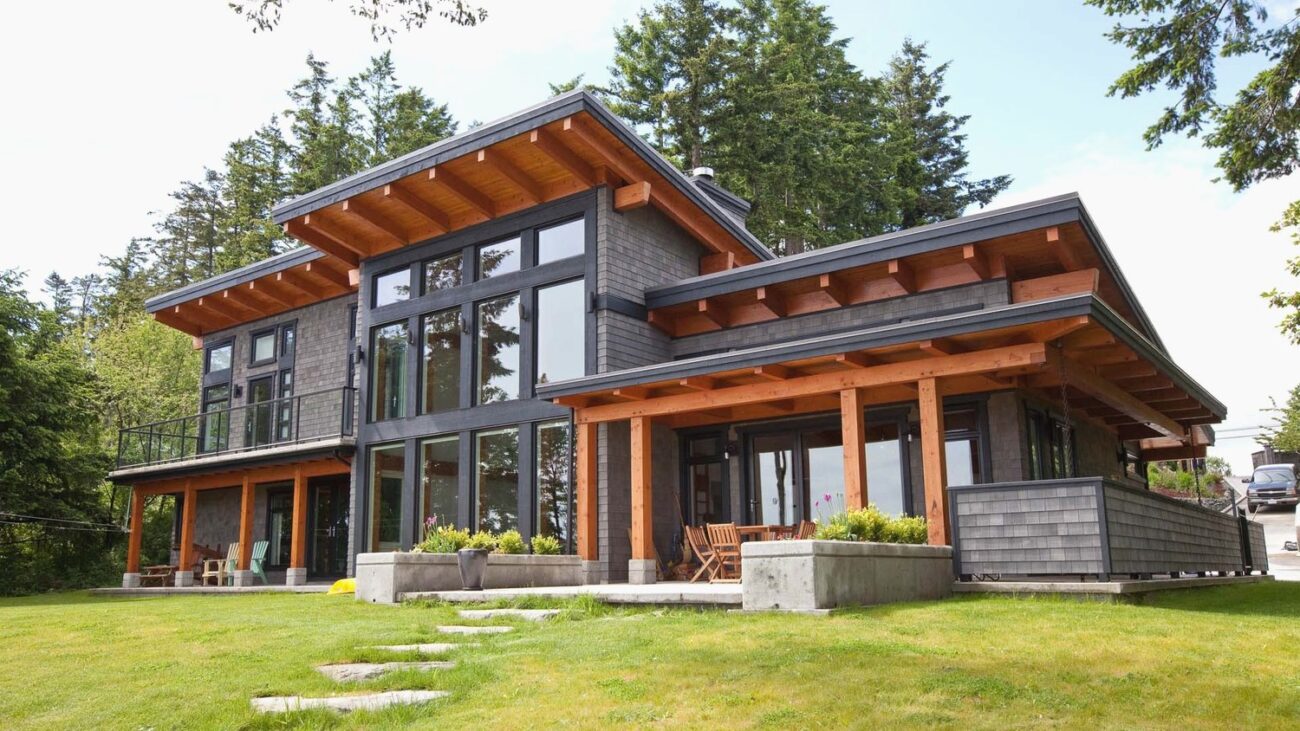
If you’re looking to buy a house, a customizable, manufactured home design will provide you with a lot of value. The idea that you can’t customize your future home is a frequent misperception concerning modular home construction and design.
However, you have a vast range of design options and the ability to create your floor plans. Your home will have a personalized touch with custom modular floor designs that will provide you with the comfort you desire. Prefab home design might assist you in realizing your dream home.
From the floor plans to the decor, we all have different expectations for what our homes should offer. Find out what design ideas and tricks you can use to make your new modular home uniquely yours.
What is a Modular Home?
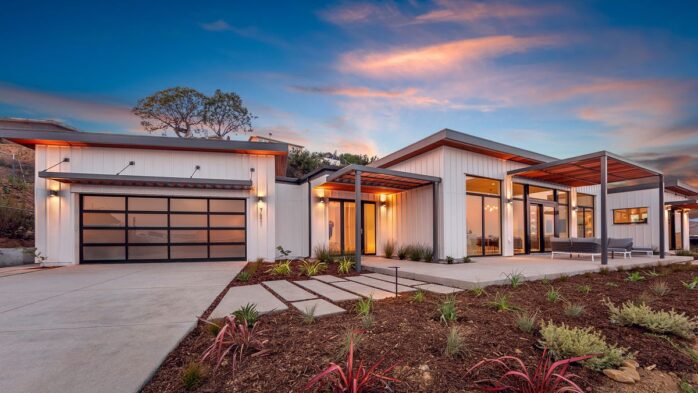
This is a fantastic question. Modular homes are residences that are created in pieces off-site and then assembled on-site by your selected builder on top of foundations to form a modular house. They appear to be ‘regular’ homes, and you’ve probably passed them by without even realizing it; they’re essentially prefabricated dwellings that must be put together like flat-pack furniture.
They are not confused with mobile houses, which can be picked up and relocated; they are permanent structures. They look fantastic, and it would be difficult to tell them apart from a typical building. You can learn more about modular homes at ModnPods.
1. Interior Design Styles That Save Energy
When you’re concerned about the environment and your carbon footprint, having a home that reflects your values may be necessary to you. Not just the architectural and functional features of choosing an energy-efficient modular home can spill over into the design style. This design emphasizes the reason behind your embellishments and allows for the usage of repurposed items that may or may not match.
It’s more crucial for decorations and interior design components in an energy-efficient home to have a story behind them. These items are chosen by homeowners because of their utility. As a result, unique furnishings and meaningful art are more precious than a well-coordinated look. Rather than stressing about whether or not the pieces will go together, choose items that you enjoy and are proud of.
2. Go, Minimalist
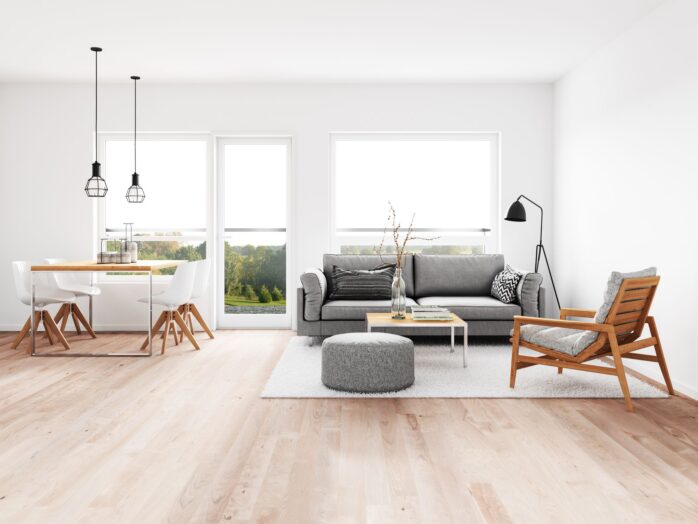
In a prefabricated home with less space, the trend toward tiny dwellings and minimalist living works well. Owning fewer possessions leads to decorating with less stuff, especially without the overstuffed chair found in a country cottage. It’s a more straightforward approach, with single works of art displayed on a wall rather than being framed.
Instead of floral patterns or congested shapes and forms, this décor method frequently uses simple white or a plain accent wall with block colors. When decorating your prefab home in a minimalist design, instead of covering the room with distracting stuff, use grays and neutrals to showcase one geometric pattern or piece. Spending time in a minimalist environment can be calming.
3. Choose Natural
Sometimes a rustic log cabin is just what you’re looking for. The design transports you to a secret retreat deep in the woods, where no one can bother you. Bears, boats, and pine trees are all essential motifs, but they aren’t required to make a room seem comfortable.
To immerse you into the charm of nature, this style uses dark tones and deep greens. There’s usually a great room or large picture windows with a view of nature and picturesque sights outside. Another popular element in forest themes is a fireplace with a stone mantel, which you may add to your prefabricated home nowadays.
4. Furniture According To The Space
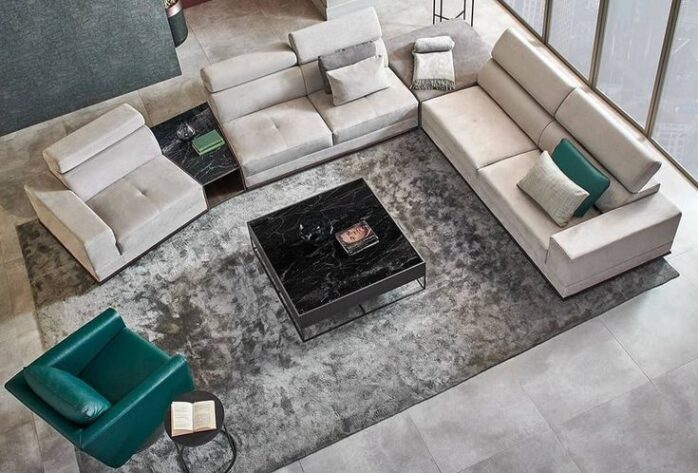
Consider the size of your room while purchasing furnishings. This entails not just selecting pieces that fit together but also utilizing items that generate space on their own. A bed or a table with a shelf underneath, for example, can serve as a storage space. An aloft bed may free up crucial floor space in a cramped bedroom, allowing you to add chairs, a workstation, shelving, or toys. Also, keep in mind that you may not need all of your furniture all of the time—accent pieces that you use when visitors visit may not be required in your daily life.
5. Decorate with Surprising Accents
Adding different decor components to your home’s interior can help it come to life. Colorful throw cushions, wallpapering old vinyl window shades, and new area rugs in complementary color palettes and patterns are all excellent interior design ideas.
As you can see, there are many interior design ideas you may utilize to personalize your prefabricated house and set it apart from the competition. If you’re unsure where to begin, it’s best to seek the advice of an interior designer who can guide you through the process and create a cohesive strategy that will result in a finished look that is well-coordinated.
6. Upgrade The Kitchen
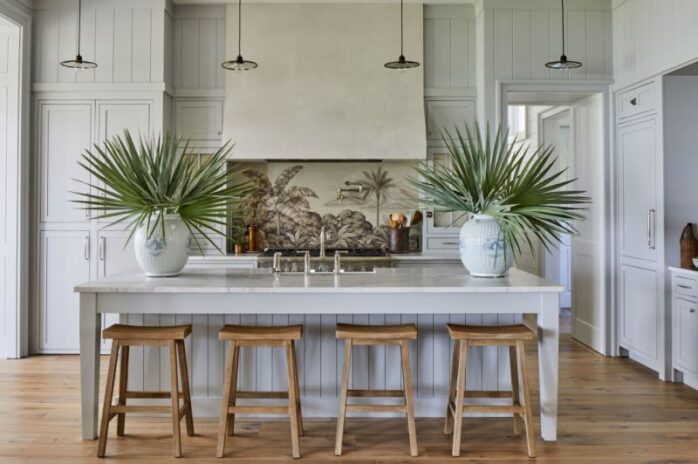
Kitchens with all-white cabinets necessitate frequent cleaning and require a lot of upkeep. That isn’t to say you should choose vivid colors at random. Darker tints, after all, absorb more heat, which is especially important in the summer. To keep the overall harmony, you can always choose a combination of the two.
If you want to brighten up your kitchen, nothing beats natural light streaming in through the window. However, if you’re using natural light, ensure your kitchen has good illumination for evenings and nights. The countertop, where most of the action occurs, will be lit from above. Because they provide direct light on the countertop, under-cabinet lights are becoming more popular.
Conclusion
A modular home is much easier to personalize, and it’s usually built to your exact requirements. Furthermore, modular homes provide homeowners with access to a diverse choice of interior features, allowing you to tailor your home to your specific needs, budget, and tastes.
It’s important to remember to personalize your home’s design when making decisions. You are the one who will be living there, and your comfort should always take precedence. While following the latest trends is fine, you should still stick to the patterns that make you feel comfortable.

